Articles
Intermodal
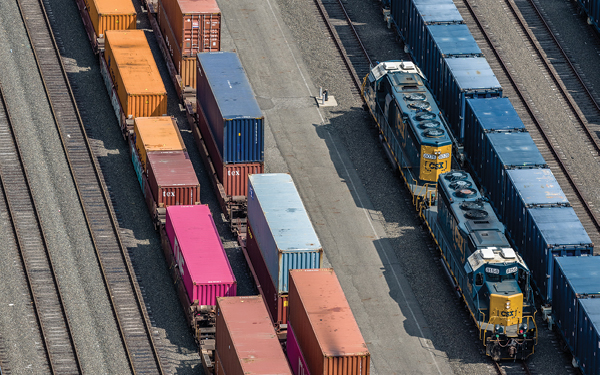
Intermodal is Just the Ticket
With rail facility and infrastructure upgrades nailed down and intermodal network improvements on track, these ports and sites are riding high on intermodal’s advantages.
Read More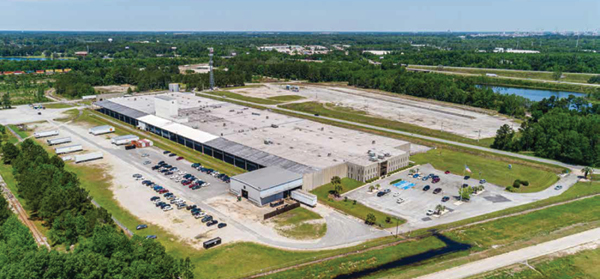
New Multimodal Hub in Georgia Provides Supply Chain Solutions
Tradition Logistics’ new facility in Savannah, Georgia, offers comprehensive supply chain and logistics solutions, from warehousing and inventory management to fulfillment and distribution.
Read More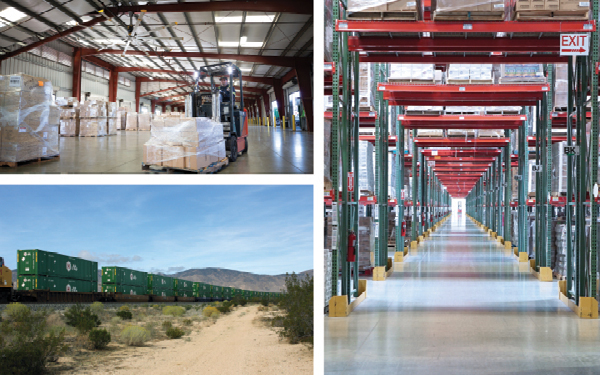
Deploying an End-to-End Solution for a Manufacturer’s Product Launch
Faced with a considerable supply chain challenge—a large-scale product launch—a manufacturer turned to Hub Group for a holistic, end-to-end approach, from drayage to fulfillment, that also enables expansion.
Read More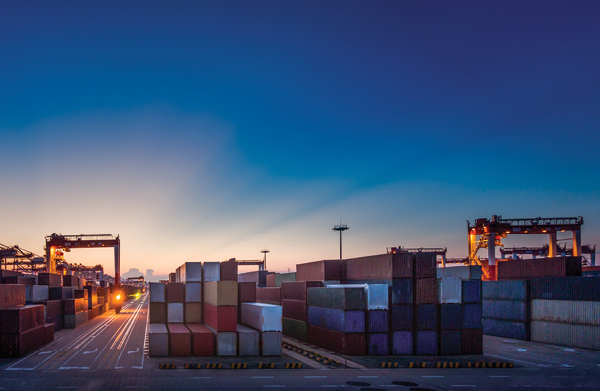
The (Not So) Hidden Benefits of Intermodal
Shippers that turn to intermodal can ease capacity challenges and save money on long-haul shipments unburdened by pressing deadlines.
Read More
Idaho Sprouts Its First Intermodal Terminal
Pocatello, Idaho, recently welcomed the Savage Rail Port of Southern Idaho, the state’s first intermodal hub, to the area. The new terminal helps local farmers export their goods to global markets. Agricultural products, such as hay and produce, are loaded into shipping containers and brought to the rail yard, where a machine stacks them on […]
Read More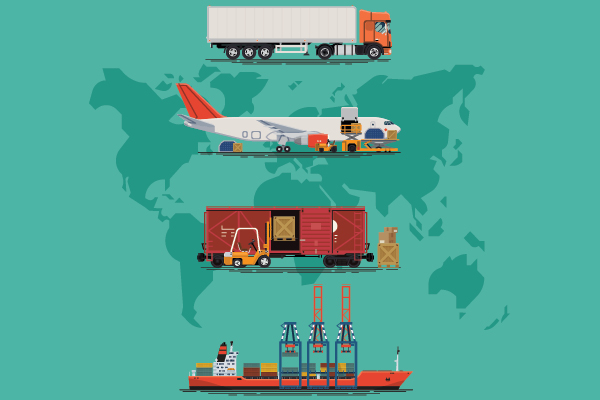
Train or Truck? Ocean or Air? Choosing the Right Mode
Here’s some practical advice for deciding how to ship your load, in normal and new normal times.
Read More
Rail Transportation: What Shippers Need to Focus On
Q: How have the recent rail mergers changed the rail landscape for shippers? A: Shippers have been averse to rail mergers due to concerns of a reduction in competition, imposed routing limitations, and an increase in service disruptions. The two most recent mergers between the CSXT-Pan Am Railway and Canadian National-Kansas City Southern are still […]
Read More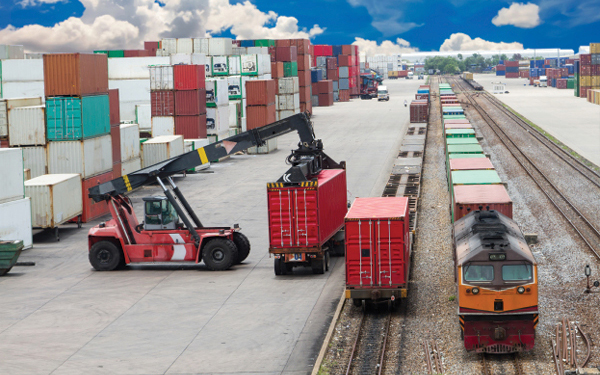
Intermodal Meets the Moment
In a supercharged supply chain, intermodal’s value grows more evident than ever. These standout companies are contributing to its bright future.
Read More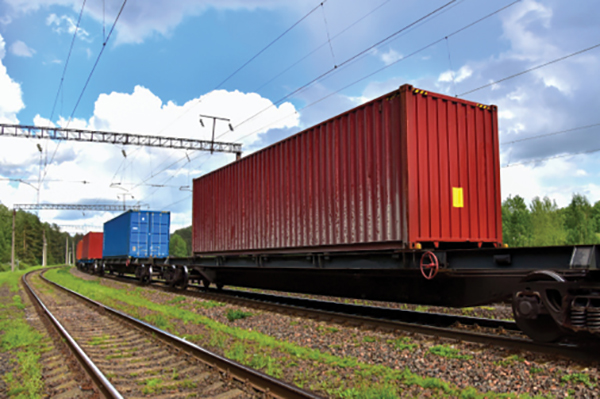
Intermodal Bounces Back
Strong intermodal volumes will continue as retailers replenish their inventories, says CSX Transportation and Canadian National Railway (CN). Intermodal traffic, which halted with the rest of rail volume when the pandemic began, bounced back faster than carload volumes and is surpassing 2019 levels. U.S. intermodal volume was up 10% and CN’s intermodal business was up […]
Read More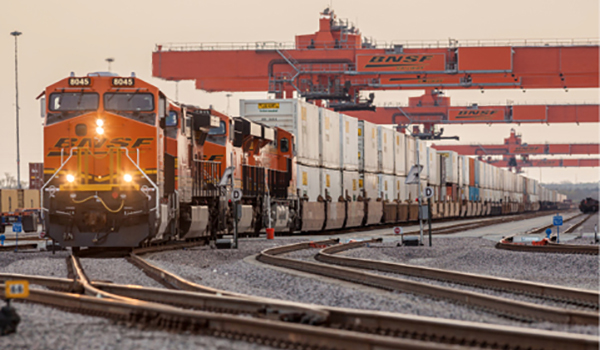
How to Leverage Rail/Intermodal…Now and Later
When used smartly today and tomorrow, rail/intermodal can give supply chains a lift.
Read More